Thankfully, the sight of Formula 1 cars flying through the air after a high-speed crash are mercifully rare, although it does happen.
They are either caused by one driver making a minor misjudgement in a braking zone and going flying over the back of another car or through some sort of mechanical failure - as was evidenced by Marcus Ericsson's flips for Sauber at the 2018 Italian Grand Prix.
But one of the most violent of all came for Fernando Alonso at the 2016 Australian Grand Prix, in which the two-time World Champion was fortunate to walk away largely uninjured.
Viewed by others:
As ever, Melbourne hosted the opening race of 2016, with Lewis Hamilton on pole, Nico Rosberg second, Sebastian Vettel third, Alonso 11th and Esteban Gutierrez 20th.
At lights out, Vettel rocketed away from third to lead as Hamilton was shuffled down to fifth as Rosberg ran second, with overtaking proving difficult.
On Lap 17, Alonso was tucked up behind Gutierrez in Haas's first-ever race, going nowhere quickly as he attempted to move to the outside of Turn 3 to swoop around the Mexican.
Only, this time, Alonso's reaction time was just a fraction too slow as he rammed the back of the Haas and hti the outside wall at such an angle, no speed was able to be bled off.
Out of control, the MP4-31 flipped as it disintegrated, somersaulting through the vertical as Alonso became a passenger who had no idea when his journey would end.
He came to rest upside down, tucked up against a wall, and wriggled out, visibly stooping to catch his breath as the red flags were thrown to clear up the considerable mess.
As with any big accident, the FIA investigated what had actually happened, with it finding that Alonso was "travelling at 313kph as he began his overtaking manoeuvre and had slowed marginally to 305kph at the point of impact, when his front-right wheel made contact with the rear-left wheel of Gutierrez's car.
"The wall collision was made with the front left corner of the car, resulting in a peak lateral deceleration of 45G, with high acceleration levels also recorded by the ear accelerometers, demonstrating the forces on the driver's head.
"The car rebounded and proceeded to slide along the circuit towards the gravel trap. With front-left, front-right and rear-left suspensions destroyed, the car was heavily leaning laterally on its left side as it travelled over the grass.
"This left side dug into the gravel, which rolled the car and propelled it into the air, recording a lateral deceleration of 46G.
"The car travelled in the air, rotating approximately 540 degrees (1.5 times) and was airborne for 0.9 seconds.
"On landing it made its initial contact with the ground on its rear impact absorbing structure, experiencing a peak longitudinal acceleration of 20G."
Alonso explained afterwards: "I am lucky to be here and thankful to be here.
"I am aware that today I spent some of the luck remaining in life. I want to thank McLaren and the FIA for the safety of this car. I am alive thanks to the job of the last 10-15 years in Formula 1."
He would miss the next race in Bahrain due to a cracked rib as Rosberg would go onto win from Hamilton as Vettel completed the podium.
Don't miss out on any of the Formula 1 action thanks to this handy 2026 F1 calendar that can be easily loaded into your smartphone or PC.
Download the calenderMost read
In this article
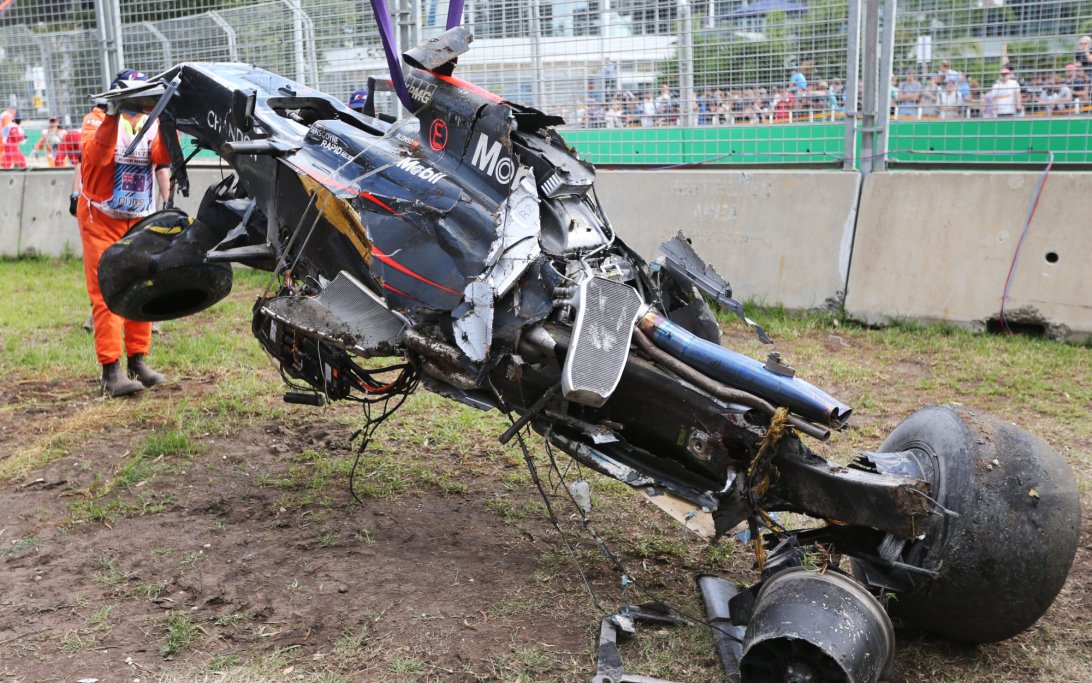

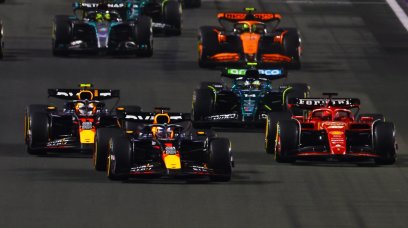


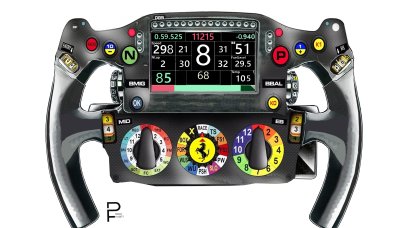


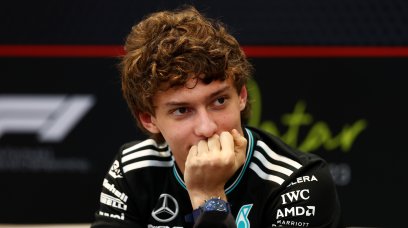
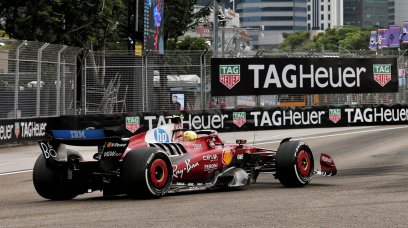
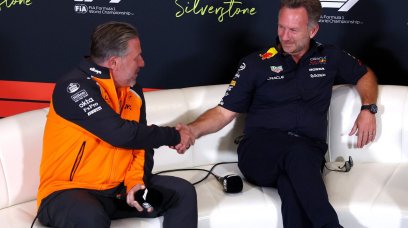
Join the conversation!